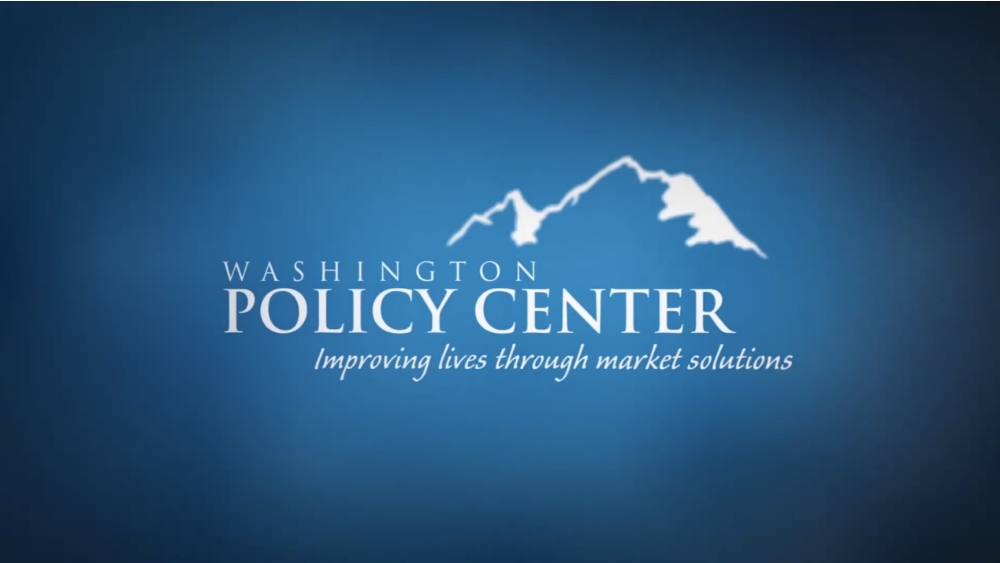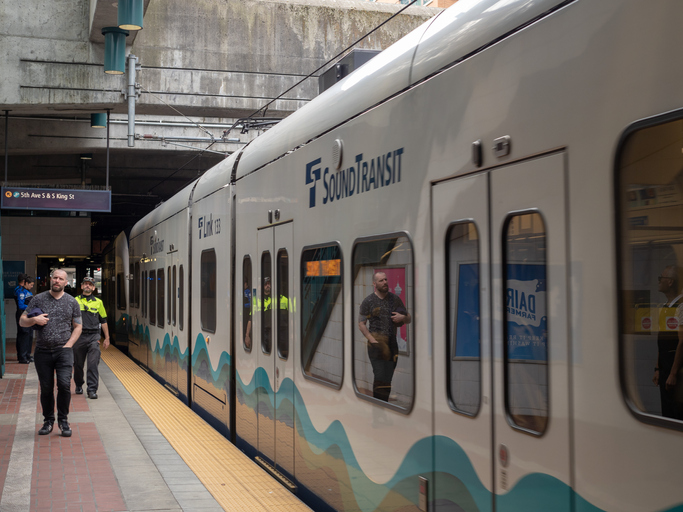Related Articles
Relevant Topics
According to this article in the Oregonian, costs are forcing officials to look for cuts in replacing the I-5 bridge across the Columbia River.
The preferred option costs around $4 billion and includes light rail. The light rail piece has a cost estimate of over $1 billion. So light rail represents about 25 percent of the total costs.
According to the Regional Transportation Council, thebridge carries about 3,300 transit trips per day, so only 2.4percent of all trips that cross the bridge are on public transit.This means local officials want to spend over $1 billion more to serve 2.4 percent of total bridge crossings.
Butofficials estimate transit demandacross the bridge would increase with light rail, because riders willnot experience congestion like bus riders do today. As a result, CRCprojects light rail would boost transit crossings to about 20,000 tripsper day by 2030.
Generally, the FederalTransit Administration presumes there is no modal preference for trainsover buses when travel time, comfort level, and other factors are thesame. So there is likely some validity to the CRC logic that congestionis somehow suppressing transit demand across the bridge. However, a 500percent increase in transit demand is an unrealistic estimate of lightrail’s influence on attracting new passengers.
Nevertheless,assuming their ridership estimate is correct and accounting for population and growth inbridge crossings over the next 20 years, light rail’s mode share wouldstill only rise to about 9.8 percent of daily crossings.
Despitewhat light-rail advocates claim, deliberately increasing costs by 25percent to serve between 2.4 percent and 9.8 percent of all bridgecrossings establishes a very large gap between public costs and publicbenefits.
Washington transportation taxes should be used more efficiently and tied to congestion relief rather than to appease Portland politicians.


